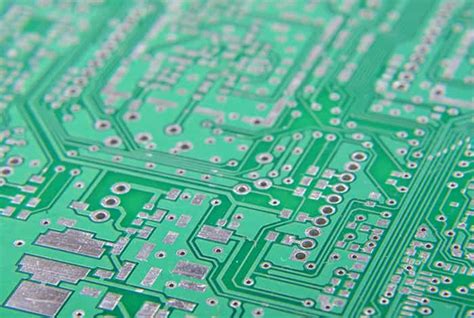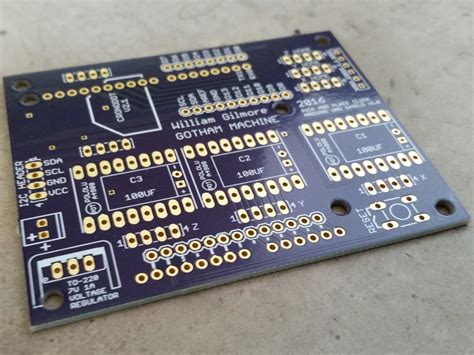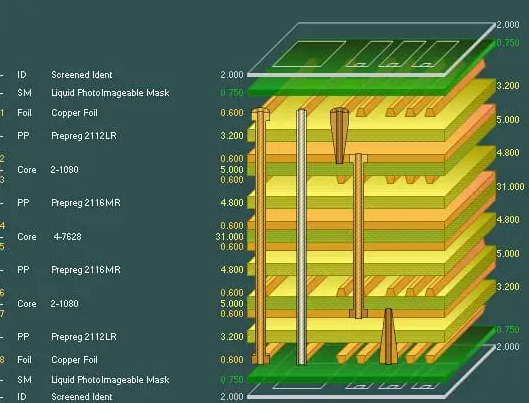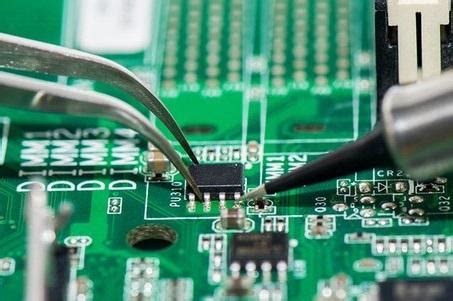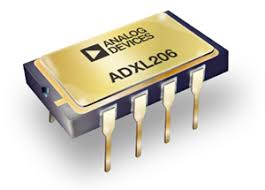Innovative Solutions in Through Hole PCB Assembly Equipment
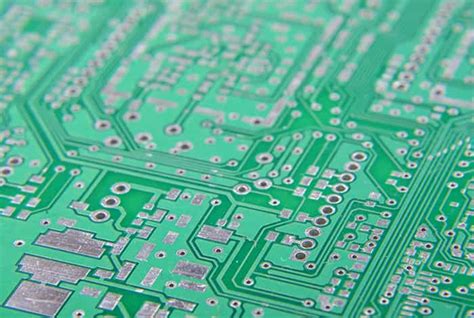
Key Takeaways
Through hole PCB assembly holds a unique place in the electronic manufacturing landscape, combining time-tested methods with new-age innovations. Recent advancements in through hole PCB assembly equipment have significantly enhanced the overall efficiency of these processes. With the integration of automation, manufacturers are now able to streamline operations and minimize human error, leading to a notable increase in productivity. One particularly important element is the adoption of advanced soldering techniques which promise higher precision during assembly—crucial for meeting today’s demanding quality standards in PCBA.
As industries continue to evolve, ensuring reliability remains a top priority. Addressing consistent challenges in electronic manufacturing requires not only robust equipment but also ongoing research into best practices that can mitigate common issues. Manufacturers are encouraged to stay abreast of emerging technologies that could impact their through hole assembly lines. "Embracing innovation today lays the groundwork for success tomorrow."
Staying informed about future trends will help organizations anticipate shifts in demand and technology, ultimately leading to better strategic planning for PCB assembly processes. As we move forward, it is essential for businesses to focus on these key areas so they can adapt effectively and maintain their competitive edge in an increasingly complex market landscape.

Understanding Through Hole PCB Assembly: A Comprehensive Overview
Through hole PCB assembly is a pivotal process in the realm of electronic manufacturing, characterized by the insertion of component leads through drilled holes in a printed circuit board (PCB). Unlike surface mount technology (SMT), which places components directly on the board surface, through hole assembly provides enhanced mechanical strength and is often preferred for components that require greater durability. The method involves several critical steps, including drilling, component placement, soldering, and inspection.
In this assembly method, pcba processes utilize various equipment designed to facilitate efficiency and effectiveness. Equipment such as automated insertion machines, soldering stations, and wave soldering systems play a significant role in enhancing the production timeline while ensuring high-quality outputs. Innovations in this field aim to reduce human error and improve alignment precision during the assembly stage.
Key Benefits of Through Hole PCB Assembly:
| Benefit | Description |
|---|---|
| Mechanical Strength | Through hole components are more securely mounted. |
| Thermal Stability | Suitable for high-heat applications thanks to lead length. |
| Maintenance | Easier to repair or replace components when necessary. |
The ongoing evolution of through hole PCB assembly not only accounts for advancements in machinery but also emphasizes sustainability and operational efficiency—leading manufacturers to innovate continuously and adapt to ever-changing market demands. As technology progresses, understanding these processes remains crucial for engineers and manufacturers looking to stay competitive in a dynamic industry.

Key Innovations in Through Hole PCB Assembly Equipment
In the rapidly evolving field of electronics, through hole PCB assembly remains a staple for many applications, advocating durability and performance. Recent advancements in pcb assembly have illuminated several innovative technologies that are transforming this sector. Notably, automation has introduced remarkable efficiencies, significantly reducing production times and minimizing human error throughout the pcba process. Moreover, the integration of machine learning algorithms is now enabling more precise alignment and soldering, enhancing overall production quality. These innovations not only streamline operations but also cater to the increasing demand for complex circuitry in modern devices. Furthermore, advancements in inspection technologies facilitate real-time monitoring of assembly processes, ensuring the utmost reliability and consistency in manufacturing outputs. As manufacturers embrace these cutting-edge innovations, through hole PCB assembly is poised to maintain its pivotal role in the electronics manufacturing landscape while addressing contemporary challenges effectively.
Enhancing Efficiency Pursuing Automation in Through Hole PCB Processes
In the realm of through hole PCB assembly, the pursuit of automation stands as a pivotal strategy to enhance operational efficiency. Traditional methods embrace a manual approach, which, while effective, often suffers from inconsistencies and time inefficiencies. By integrating advanced automated systems into PCB assembly processes, manufacturers can significantly streamline production while maintaining high standards of quality. Automated machinery facilitates greater precision in placement and soldering, thereby minimizing human error and increasing throughput. Techniques such as selective soldering and automated optical inspection are revolutionizing the way PCBA is approached, providing manufacturers with tools that not only enhance productivity but also improve the overall reliability of the assemblies produced. Additionally, automation allows for better scalability; as demand fluctuates, systems can be adjusted swiftly without a complete overhaul of processes. This flexibility ensures that manufacturers remain competitive in an ever-evolving market. Ultimately, pursuing automation in through hole PCB processes is not just about upgrading equipment; it’s about adapting to modern demands while ensuring that each PCB assembly meets stringent quality and performance standards.
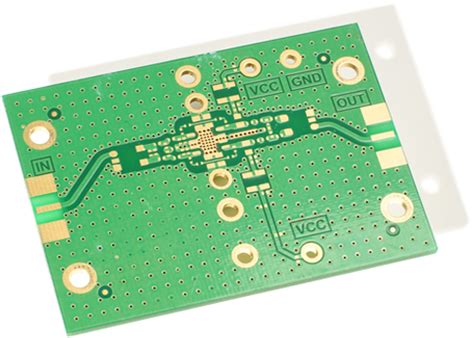
Precision Techniques: How Technology Transforms Through Hole Assembly
The evolution of through hole PCB assembly has been significantly influenced by advancements in technology, which have paved the way for enhanced precision techniques. At the heart of this transformation is the integration of automated systems and sophisticated software that optimize every aspect of the pcba process. These technologies facilitate accurate placement of components, drastically reducing the risk of human error that can compromise quality and reliability.
For instance, state-of-the-art pcb assembly equipment now utilizes high-resolution cameras for real-time inspection during assembly. This ensures that each component is positioned correctly, enhancing not only efficiency but also the overall integrity of the final product. Additionally, modern soldering techniques, such as selective soldering and wave soldering, have become more precise with innovations in temperature control and flux application. As these processes are refined, manufacturers can achieve cleaner joints and improved electrical performance throughout their pcba products.
Moreover, software tools that aid in designing assembly workflows help streamline processes by simulating assembly sequences before actual production begins. This proactive approach not only reduces the likelihood of errors but also allows for quicker adaptation to changes in component selection or layout design. As technology continues to evolve, the through hole PCB assembly industry stands on the brink of even more significant innovations that promise to redefine precision and efficiency standards for years to come.

Reliability Challenges: Ensuring Consistency in Electronic Manufacturing
In the realm of pcb assembly, particularly in through hole processes, reliability is of utmost importance. Ensuring that each component is placed accurately and securely is critical to the overall performance of the final product. Inconsistent methodologies can lead to variations that affect not just aesthetics, but more significantly, the functionality of the assembled boards. One of the most pressing challenges in achieving a high level of reliability is the inherent complexity involved in maintaining a consistent quality across various pcba operations. As these processes often involve manual steps, variations in operator skill levels and environmental factors can introduce unforeseen inconsistencies.
To combat these issues, manufacturers are increasingly adopting advanced technologies that streamline through hole operations, incorporating automation where possible to enhance precision and reduce human error. Through innovative equipment, manufacturers are not only improving handling capabilities but also ensuring simpler adjustments for different board designs, thereby reinforcing consistency. Enhanced monitoring systems provide real-time feedback during assembly processes, allowing for immediate corrections to be made before defects propagate through production lines.
Furthermore, thorough testing and quality assurance protocols are critical components in achieving reliability. By leveraging both software-driven analytics and hardware testing solutions, manufacturers can identify potential weak points within their production lines and enact measures to address them proactively. This proactive approach fosters an environment where quality is embedded into every stage of the pcb assembly process, creating dependable products that meet stringent industry standards.
In summary, addressing reliability challenges within through hole PCB assembly requires a comprehensive strategy that encompasses innovative technologies, automation advancements, and rigorous quality assurance practices—elements essential for achieving superior consistency in electronic manufacturing outcomes.
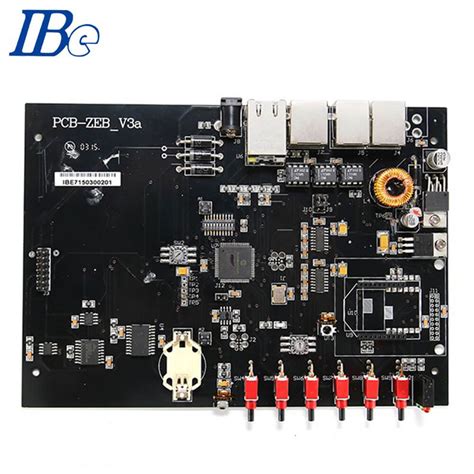
Future Trends: What to Expect in Through Hole PCB Assembly Equipment
The landscape of through hole PCB assembly is poised for significant evolution as emerging technologies reshape the industry. One of the prominent trends influencing this area is the integration of automation to enhance operational efficiency. As manufacturers seek to streamline processes, automated systems are becoming essential in reducing manual labor, minimizing errors, and increasing production rates in PCBA. Moreover, the use of advanced robotics and AI-driven solutions facilitates more precise component placement and inspection, ensuring that even the most intricate designs adhere to stringent quality standards.
Additionally, there is a growing emphasis on sustainability within electronics manufacturing. Future pcb assembly techniques are expected to incorporate eco-friendly materials and processes that reduce waste and energy consumption without compromising performance. This shift not only aligns with global sustainability goals but also attracts a growing base of environmentally conscious consumers.
Furthermore, advancements in material science present another promising trend. The development of new substrates and soldering techniques enhancements contributes directly to the reliability and longevity of through hole connections, which are crucial for demanding applications such as automotive electronics and aerospace technology.
In conclusion, as we look towards the future of through hole PCB assembly equipment, a blend of automation, sustainable practices, and innovative materials will likely dominate the conversation. This progression aims to create a more efficient,reliable, and environmentally friendly manufacturing landscape that caters to evolving industry needs while maintaining high standards of quality in PCBA production.
Case Studies: Successful Implementations of Modern Techniques
The landscape of through hole PCB assembly has witnessed significant advancements thanks to modern techniques and equipment that prioritize efficiency and precision. One notable case study involves a leading electronics manufacturer that integrated advanced pcb assembly machinery into its production line. By adopting automated processes, the company was able to reduce assembly time by nearly 30%, enhancing overall productivity without sacrificing quality. This shift not only streamlined their operations but also improved the reliability of their pcba outputs, as consistent placements and soldering were achieved with unparalleled accuracy. Furthermore, a smaller firm specializing in niche electronic products implemented robotics-driven through hole assembly techniques, allowing for a more scalable solution that adapted well to varying production demands. The successful results exemplified how embracing technology can lead to improved cost-effectiveness, decreased production errors, and enhanced customer satisfaction in the realm of electronic manufacturing. These case studies illustrate the transformative potential of modern implementations in through hole PCB assembly equipment, promising a bright future for industry advancements.
Conclusion
In summary, the evolving landscape of through hole PCB assembly equipment signifies a pivotal shift in the electronic manufacturing sector. As industries continue to advance, the integration of innovative technologies is crucial for enhancing both efficiency and precision in pcb assembly processes. The adoption of automation tools not only streamlines pcba operations but also mitigates human error, ultimately leading to more reliable outcomes. Furthermore, the focus on precision techniques allows manufacturers to tackle challenges and deliver high-quality products consistently. By embracing these advancements, companies position themselves to meet growing market demands and stay competitive. The journey towards enhanced through hole PCB assembly is ongoing, and as we delve into future trends, it is clear that collaboration and innovation will be vital for achieving lasting success in this dynamic field.
FAQs
What is PCB assembly?
PCB assembly, often referred to as PCBA, is the process of mounting electronic components onto a printed circuit board (PCB). It involves various techniques, including both surface mount technology (SMT) and through hole methods, which are essential for creating reliable electronic devices.
What are the benefits of through hole PCB assembly?
Through hole PCB assembly offers enhanced durability for components due to the mechanical connection provided by inserted leads. This technique also allows for easier handling of larger components and provides better thermal stability in applications requiring robust performance.
What innovations are driving advances in through hole PCB assembly equipment?
Recent innovations include automated insertion machines and advanced soldering technologies that enhance the efficiency and precision of the pcb assembly process. These technologies enable manufacturers to improve production rates while ensuring high-quality outcomes in electronic manufacturing.
How does automation improve efficiency in the PCB assembly processes?
Automation streamlines multiple stages in the **pcb assembly***process, reducing production time and human error. It allows for faster component placement and inspection, ultimately leading to increased throughput and enhanced reliability.
What challenges exist regarding reliability in electronic manufacturing?
Ensuring consistency in PCBA can be challenging due to variations in component quality and environmental conditions during production. Manufacturers must implement stringent quality control measures to mitigate these risks and deliver high-quality products.
For further exploration of modern advances in PCB assembly equipment, please click here: Andwin PCB Assembly.

